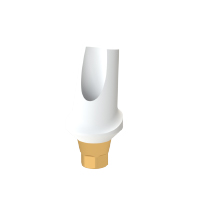
In the past, implant abutments were consistently crafted from metal and were produced either as prefabricated components or customized to fit individual cases. Zirconia implant abutments offer a notably aesthetic alternative, particularly in certain clinical contexts. The versatility of zirconia abutments is evident, as they can be fully designed through CAD/CAM technology or by scanning a wax model before the abutment is milled. Both approaches enable the efficient design and fabrication of zirconia abutments.
When to Use a Zirconia Implant Abutment

The decision to use a zirconia abutment becomes relevant when a patient has thin gingival tissue or a sensitive periodontal biotype. Thinner gingival tissue has the potential to bring out the greyish tint of a titanium abutment implant in the cervical third of the implant restoration, compromising the overall aesthetics of a flawlessly fabricated implant crown.
The inherent inability of thin gingival tissue to obstruct the reflected light from metal abutments underscores the importance of selecting a zirconia abutment to overcome such limitations. A simple method of assessing the thickness of a patient's gingival tissue is to insert a periodontal probe into the gingival sulcus; if the probe is easily visible through the tissue, it indicates a thin periodontal biotype.
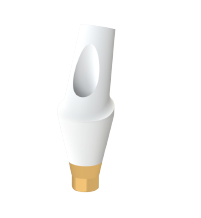
Utilizing a zirconia implant abutment proves advantageous in achieving a more aesthetically pleasing appearance when considering the patient's gingival margin. It also alleviates the challenge of matching the shade of adjacent teeth while concealing the coloration of titanium abutments.
Zirconia abutments have excellent mechanical strength and reliability. The well-established biocompatibility and microstructural properties of zirconia are widely recognized. Apart from the advantageous mechanical properties, it is observed that zirconia can accumulate less dental plaque compared to titanium. Furthermore, there is a possibility that peri-implant soft tissues (or peri-implant tissues) in the vicinity of zirconia heal faster than tissues in contact with titanium.
Zirconia Dental Implants
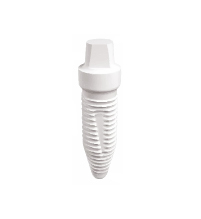
Zirconium dioxide, a translucent metal oxide, remarkably mimics the appearance of natural teeth while offering exceptional strength and durability. It stands out as one of the most durable materials for replacing missing teeth. In the creation of crowns, this extremely robust material is typically precision-milled using digital scans.
Zirconia Implant abutments are also made from a monolithic zirconia block. Utilizing CAD/CAM technology, they are carefully matched to the shape and specifications of a patient's individual implant requirements prior to the milling process. Edison Medical UAE specializes in the custom design of titanium-based zirconia implant abutments for patients and dentists who value the material's advantages, such as biocompatibility, esthetics, and strength.
Biocompatibility and Osseointegration of Zirconia Implants
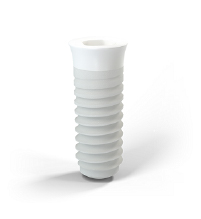
Zirconia implants contribute to improved long-term oral health and biocompatibility by creating an environment in which bacteria have difficulty forming. Moreover, zirconia has significant potential for osseointegration, a process in which the jawbone and biological material successfully integrate or "interlock" with the prosthetics and abutments. This integration results in a longer-lasting strength and success of the implant. Zirconia, which is widely used in various medical prosthetics, is promising in its ability to fuse seamlessly with the bone.
Strength of Zirconia Implants
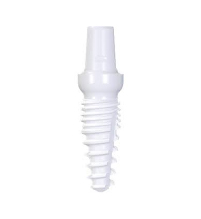
Zirconium dioxide is one of the most robust technical ceramics in existence. It is often used for crowns in the posterior region t, where the forces caused by grinding and biting are greater. While zirconia’s fracture resistance and corrosion resistance are unmatched among ceramic materials for implants, it falls slightly short of the durability of titanium implants. Therefore, when comparing the advantages of zirconia implants with those of titanium implants, it is important to consider this aspect.
Aesthetics of Zirconia Implants

Zirconia excels in the esthetically outstanding smile zone. One of the key advantages of zirconia abutments, which they share with zirconia crowns, is the translucent white color of the material, which closely resembles natural teeth. As a result, zirconia implants are less noticeable, especially in patients with thin tissue where the implants may be visible at the gum line. Additionally, akin to titanium and metal implants, zirconia is radiopaque, making it detectable on X-rays and scans.
Pros and Cons of Zirconia Implants

With the increasing popularity of zirconia crowns, interest in zirconia implants has also increased. They are characterized by strength, exceptional esthetics, and biocompatibility, making them a favorable choice for numerous implant candidates.
The esthetic benefits in particular have helped zirconia to gain acceptance in dental practices and laboratories. However, it is also important to consider the disadvantages. Although zirconia is robust and osseointegrates well, it is not as strong as titanium. For those seeking the most resilient abutment, metal is still the first choice. Practically speaking, concern about the color and shade of the abutment is minimal for most implant cases.
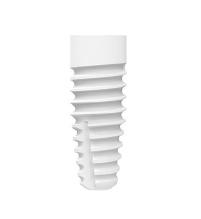
Given that zirconia is still more expensive than its metal counterparts, opting for the industry-standard metal may make more economic sense in many cases. Ultimately, the best choice is the one that is tailored to the specific needs of each individual patient, as dentistry strives to offer customized solutions for individual cases.
Titanium Dental Implants

Whether anchored in the jawbone with screws or secured with cement, individual titanium implants serve as a durable foundation for crowns made of various materials. In a digital workflow, they become the first leading choice when it comes to replacing missing teeth or teeth without roots. Titanium implants are designed based on impressions or digital scans, which provide clinicians and laboratories with the necessary information for the crown design. Using CAD/CAM technology, the implant can be configured by the dentist or dental surgeon to be as non-invasive as possible before insertion.
Over a span of 3-6 months, the titanium implant undergoes osseointegration, the same promising process that has been observed with zirconia fixtures. This fusion between bone and titanium improves the ability of your crown and jaw to withstand the intense pressure of biting. During this period, patients usually wear a "healing cap" before the crown is simply attached to the titanium implant.
Biocompatibility and Osseointegration of Titanium Implants
As previously discussed, titanium implants demonstrate biocompatibility in the majority of patients. As titanium is an inert metal, it rarely has negative effects on the surrounding gums and teeth. In addition, these implants tend to osseointegrate well into the jawbone, provided sufficient recovery time is allowed.
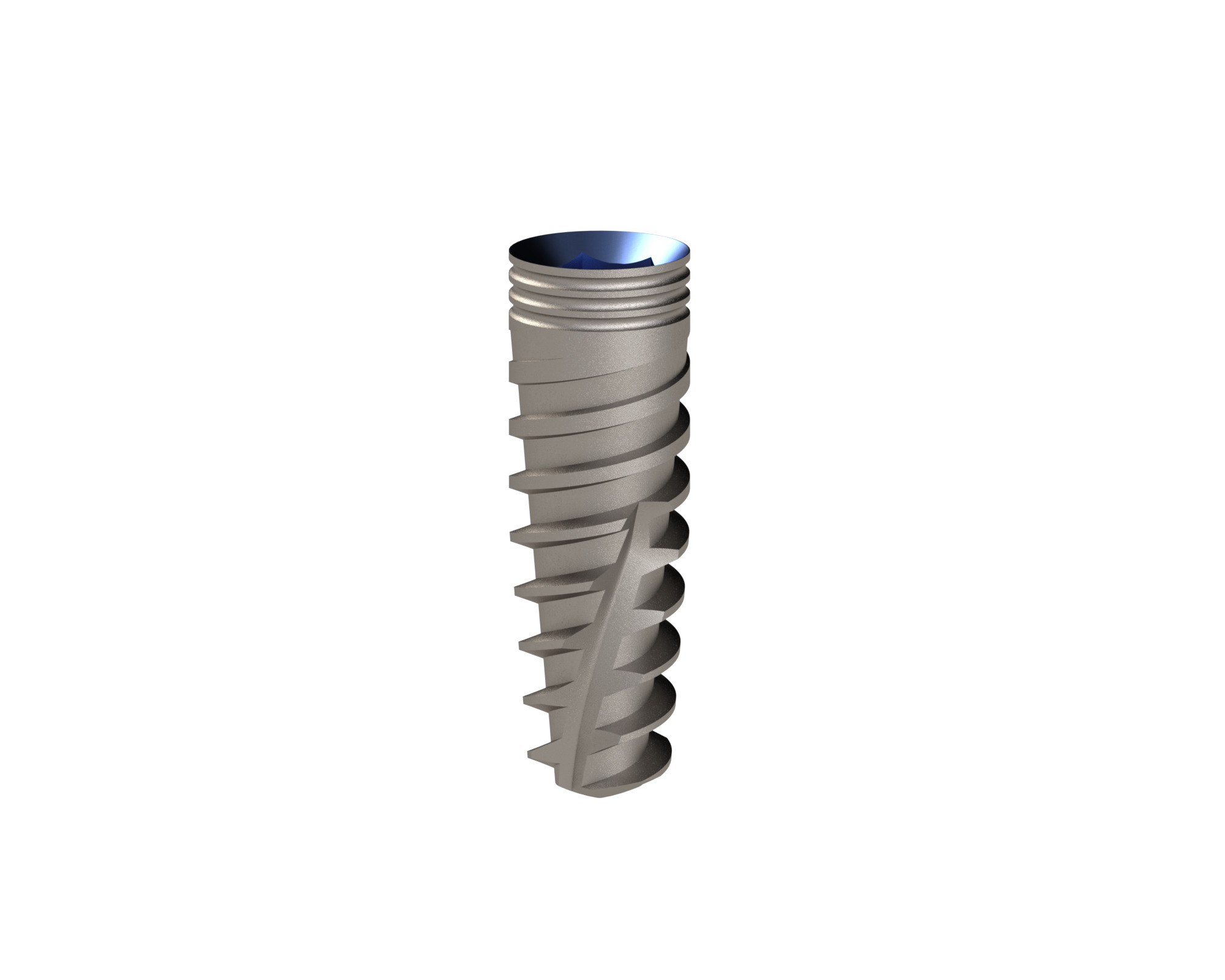
Titanium remains the prevalent choice for abutment materials, in part due to the novelty of zirconia and titanium's compatibility with the human body. Although, as with any material, including zirconia, not every implant is a guarantee of success, titanium implants have a remarkably high success rate. Although there is no one-size-fits-all solution for tooth replacement, titanium remains the primary choice in most cases.
Strength of Titanium Implants
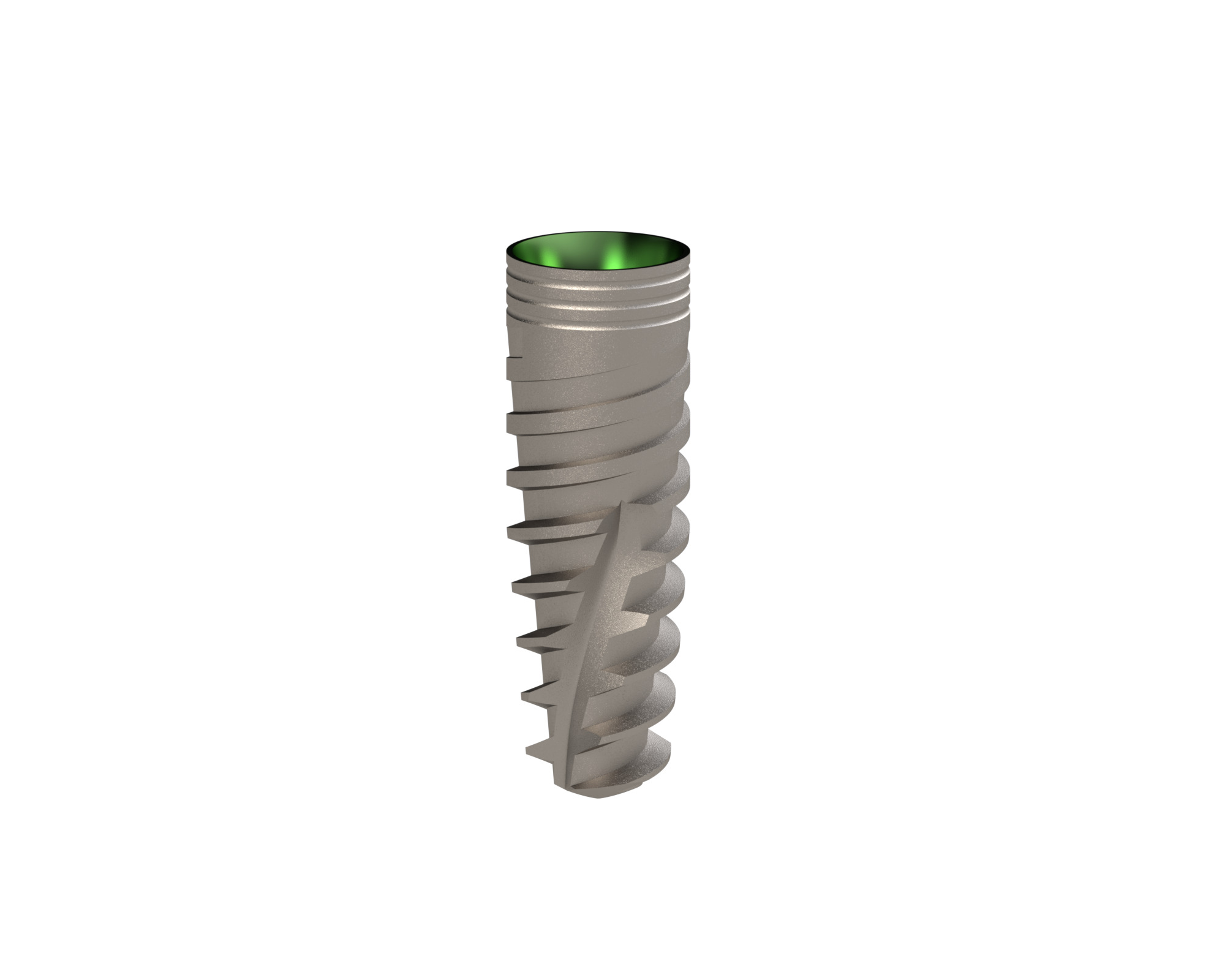
Titanium abutments and implants are very robust and can withstand fractures caused by heavy biting forces or prolonged use. Compared to ceramic implants such as zirconia or zirconia blends, titanium implants also have higher flexural strength, meaning they can withstand bending or compressive forces that often cause fractures in more brittle substitutes. The corrosion resistance and longevity of titanium implants are so remarkable that numerous patients report successful results that last a lifetime.
Aesthetics of Titanium Implants
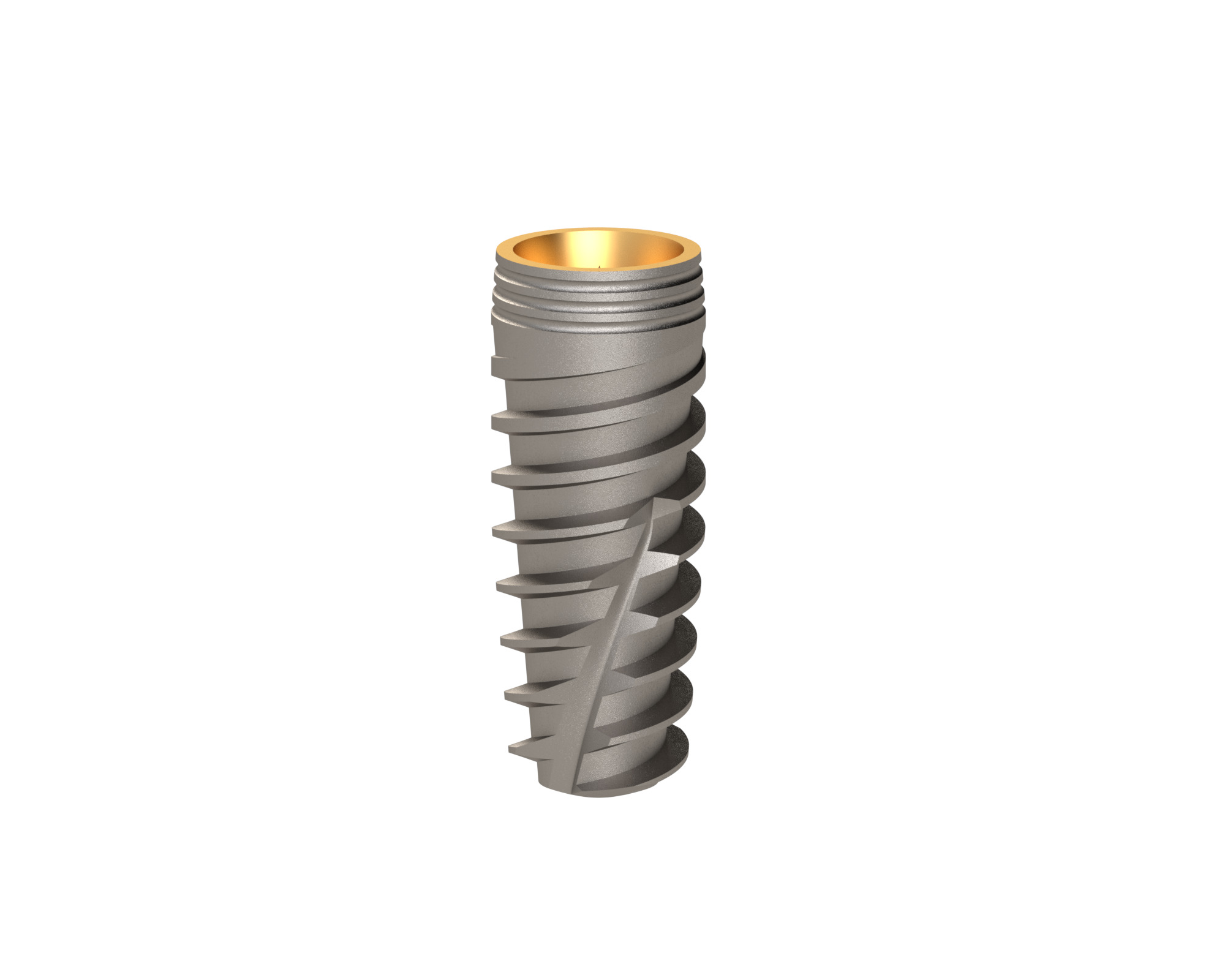
Titanium implants are similar to metal posts. However, it is important to remember that the aesthetics of a titanium implant may not match the aesthetics of virtually any other dental prosthesis. Abutments are concealed and covered with crowns, meaning the visual success of a replacement primarily relies on the crown, its fit, and its finish, rather than the implant itself.
Advantages and Disadvantages of Titanium Implants
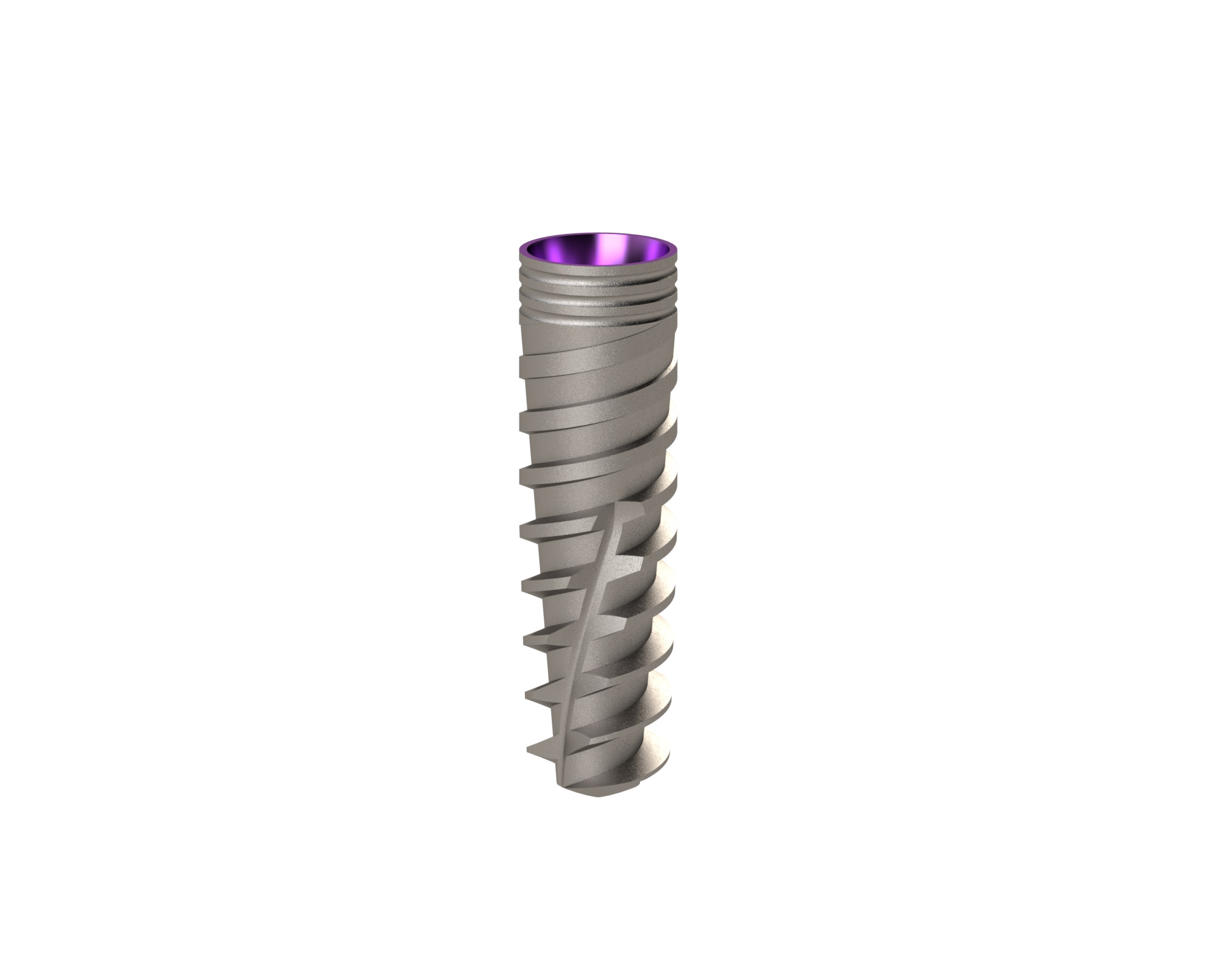
There is a reason that titanium is the established standard in the dental implant industry. Titanium alloys offer osseointegration, cost-effectiveness, strength, and overall biocompatibility, meeting the requirements of most implant patients. Titanium implants provide stable support for crowns that resemble the structure of natural teeth and are suitable for a variety of complex crowns and even certain bridge applications. When the material fuses with the jawbone, it also has the potential to improve bone health and longevity.
Zirconia Abutment: Strength-Related Concerns
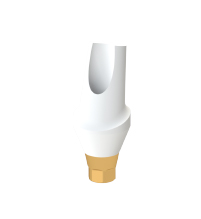
Addressing concerns about the strength of zirconia abutments is an important consideration for clinicians. While zirconia is robust, it does not have the same strength as metal, especially in cases where the abutment may be thinner. The positioning of the implant may require a design with fragile axial walls, making zirconia unsuitable in such cases. Although zirconia abutments can be designed as one piece with a metal insert, the strength is significantly influenced by the connection to this fixture, with the weakest point being the internal connection level.
To enhance the strength of zirconia implant abutments or hybrid abutments, it is important to use an internal connection via a secondary metal component. Zirconia abutments tend to be more suitable in areas of lower force, such as anterior restorations, than posterior restorations. Ideally, they should contain a secondary metal component for the internal connection to the implant.
Zirconia, with its high compressive strength and aesthetics, can be an excellent material for implant abutments. However, its lower tensile strength and fracture toughness compared to titanium must be carefully considered in the design.
Typically, the shanks of zirconia abutment screws are smaller than those of titanium implant abutments (metal implant abutments), which contributes to improved connection performance and reduces the risk of screw loosening over time. When used properly in clinical situations, a well-designed zirconia abutment effectively addresses aesthetic concerns, particularly in restoring anterior teeth.
Zirconia and Titanium Abutments: Which Material to Choose?
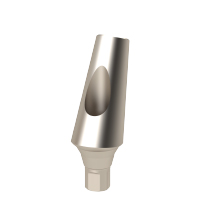
In a Clin Oral Implants study, some interesting results were reported on this debate. The study suggests that both titanium and zirconia abutments have a 100% implant survival rate. However, there is a significant reduction in crestal bone level over 12 months for both titanium and zirconia abutments. It is noteworthy that crestal bone loss is lower with zirconia compared to titanium abutments after 12 months.
The study discusses factors influencing the results, including the difference in surface energy between zirconia and titanium, with zirconia showing less plaque accumulation. In addition, blood flow around the zirconia abutments is greater, promoting similar microcirculatory dynamics to natural teeth.
The study concludes that zirconia can be considered as an abutment material for single-tooth implant restorations in posterior regions. However, the study acknowledges that further studies with a larger sample size and a longer follow-up period are required to make a definitive statement about the long-term performance of zirconia abutments.








